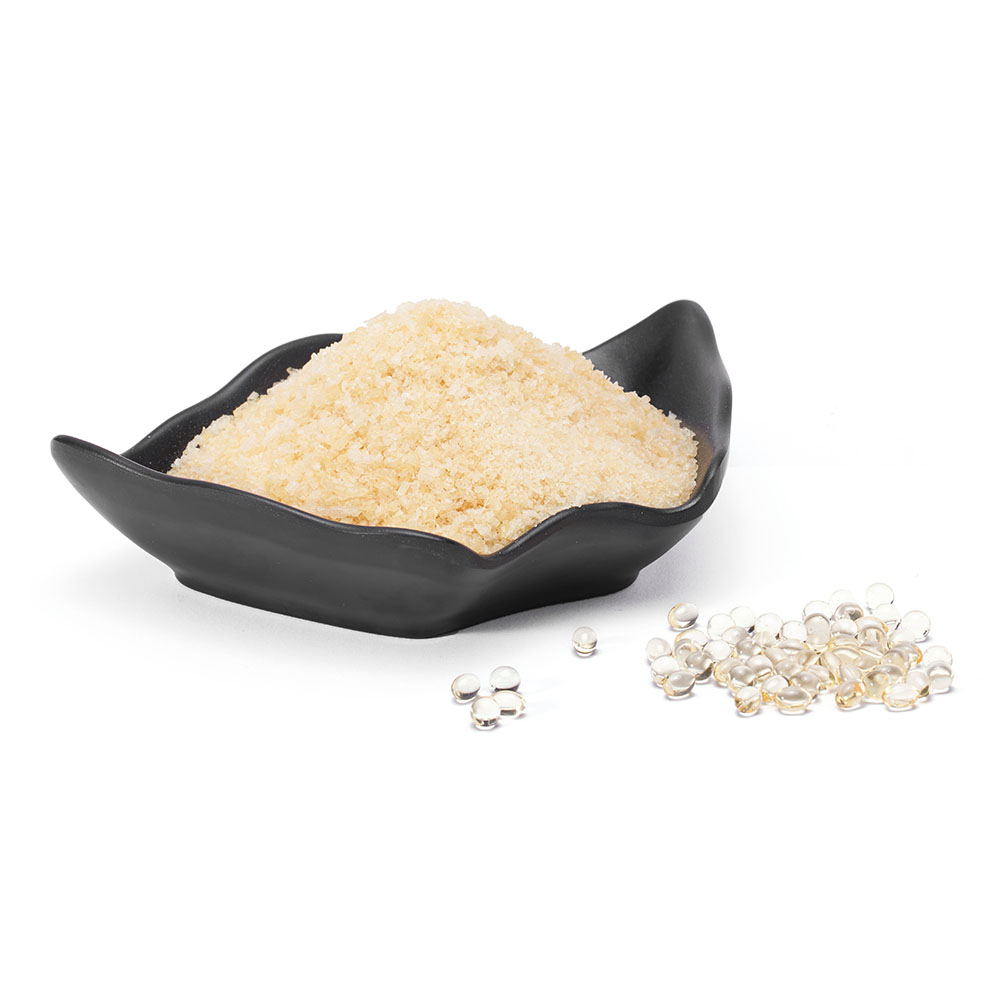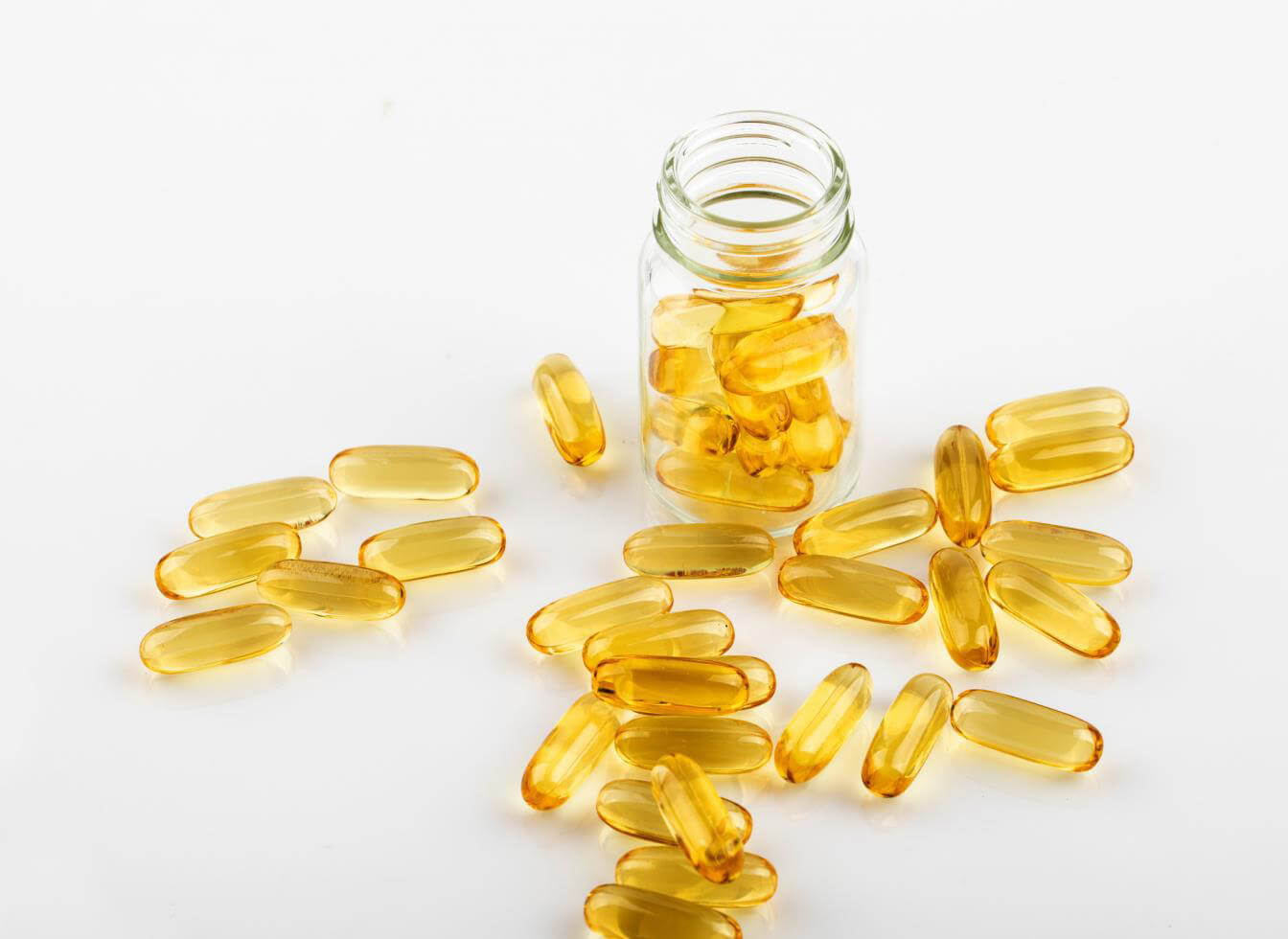A softgel is an edible package that can be filled and shaped at the same time. It is designed to protect ingredients sensitive to degradation caused by light and oxygen, facilitate oral administration, and mask unpleasant tastes or odors. Softgels are increasingly favored by the pharmaceutical sector due to their properties, but also by consumers who perceive softgels to be easier to swallow. In fact, the demand for softgels continues to grow: the global softgel market is expected to grow at a CAGR of 7.72% until 2026.
To meet growing demand and consumer formulation requirements, softgel formulators must select the correct shell excipients that are compatible with the properties of the fill material to ensure high product quality, low risk, and robustness. And Edible gelatin is the best choice.
With a market share of over 90%, gelatin is the preferred excipient for soft capsules. Gelatin combines several advantages and is the preferred excipient for the production of high-quality softgels. This preference boils down to its three characteristics: quality, versatility and workability.
Gelatin is produced only from the edible part of animal raw materials. The selection or source of animals is controlled by regulatory authorities. Animal parts are processed under highly hygienic conditions and are a by-product of food production, helping to reduce food waste. Gelken can provide gelatin specifically to meet the needs of soft gelatin capsules.


Gelatin offers greater versatility in formulating soft gelatin capsules. A finished product with strong differentiation can be imagined and executed. Formulators can choose from a variety of gelatin types to further customize capsule shell properties. The shell properties of the capsules can be further adjusted by additives. The amphoteric nature of pharmaceutical gelatin makes gelatin resistant to the addition of essential oils, fragrances, oil-based colorants, water-soluble dyes, pigments, pearlescence, and fibers. Other hydrocolloids and polysaccharides can even be added to gelatin as functional fillers to provide unique release properties.
In fact, in all softgel manufacturing processes there is always a "weak point" or "capacity limitation". Yield, machine utilization, yield and waste are important processability factors regardless of softgel composition. Gelatin can help overcome many of the manufacturing deficiencies in existing operations and increase production efficiency. In fact, gelatin films tend to be stronger, more flexible, and form a stronger seal under heat and pressure. Gelatin, on the other hand, does not require any special die rolls due to its viscoelasticity, thermoreversibility and anisotropy. Its strong weld reduces the risk of leakage and high losses in the process, making it the easiest softgel excipient to process.
As the softgel market continues to grow and alternative excipients diversify, it is important to keep in mind the realities of their formulation and process ability to keep pace with consumer needs and preferences. The flexibility of gelatin remains the best choice for the production of high-quality softgels under various process conditions.
Post time: Jun-22-2022







